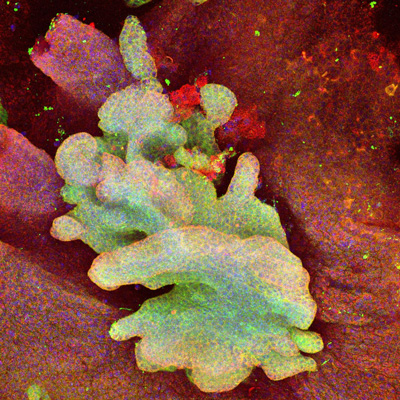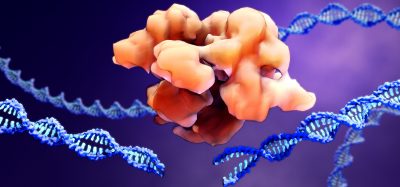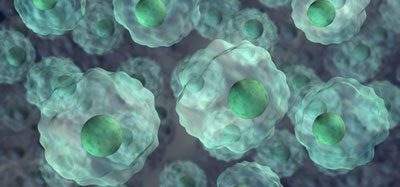Scientists discover basal cell carcinoma cell of origin
Posted: 8 July 2016 | Victoria White, Digital Content Producer | No comments yet
Scientists have identified the ‘cell of origin’ in basal cell carcinoma and followed the chain of events that lead to the growth of these invasive tumours…

Scientists have identified for the first time the ‘cell of origin’ in basal cell carcinoma and followed the chain of events that lead to the growth of these invasive tumours.
Until now, there has been intense interest in the scientific field about which types of cell – stem cell, progenitor cell or both – can give rise to tumours, and how those cells become transformed in the process of tumour initiation and growth. Now, researchers led by Professor Cédric Blanpain at the Université Libre de Bruxelles and Professor Ben Simons at the University of Cambridge have demonstrated in mice how skin stem and progenitor cells respond to the activation of an oncogene. Their studies have shown that, while progenitor cells can give rise to benign lesions, only stem cells have the capacity to develop into deadly invasive tumours.
The researchers used a transgenic mouse model – a mouse whose genes had been altered to allow the activation of an oncogene in individual stem and progenitor cells. The oncogene was coupled with a fluorescent marker so that cells in which the oncogene was active could be easily identified, and as these cells proliferate, their ‘daughter’ cells could also be tracked. These related, fluorescent cells are known as ‘clones’.
Clones derived from mutant stem cells overcame apoptosis
By analysing the number of fluorescently-labelled cells per clone using mathematical modelling, the team was able to show that only clones derived from mutant stem cells were able to overcome apoptosis and continue to divide and proliferate unchecked, developing into basal cell carcinoma. In contrast, the growth of clones derived from progenitor cells becomes checked by increasing levels of apoptosis, leading to the formation of benign lesions.
“It’s incredibly rare to identify a cancer cell of origin and until now no one has been able to track what happens on an individual level to these cells as they mutate and proliferate,” says Professor Blanpain. “We now know that stem cells are the culprits: when an oncogene in a stem cell becomes active, it triggers a chain reaction of cell division and proliferation that overcomes the cell’s safety mechanisms.”
“While this has solved a long-standing scientific argument about which cell types can lead to invasive skin tumours, it is far more than just a piece of esoteric knowledge,” adds Professor Simons. “It suggests to us that targeting the pathways used in regulating cell fate decisions – how stem cells choose between cell proliferation and differentiation – could be a more effective way of halting tumours in their tracks and lead to potential new therapies.”
Related topics
Oncology, Stem Cells
Related organisations
University of Cambridge







